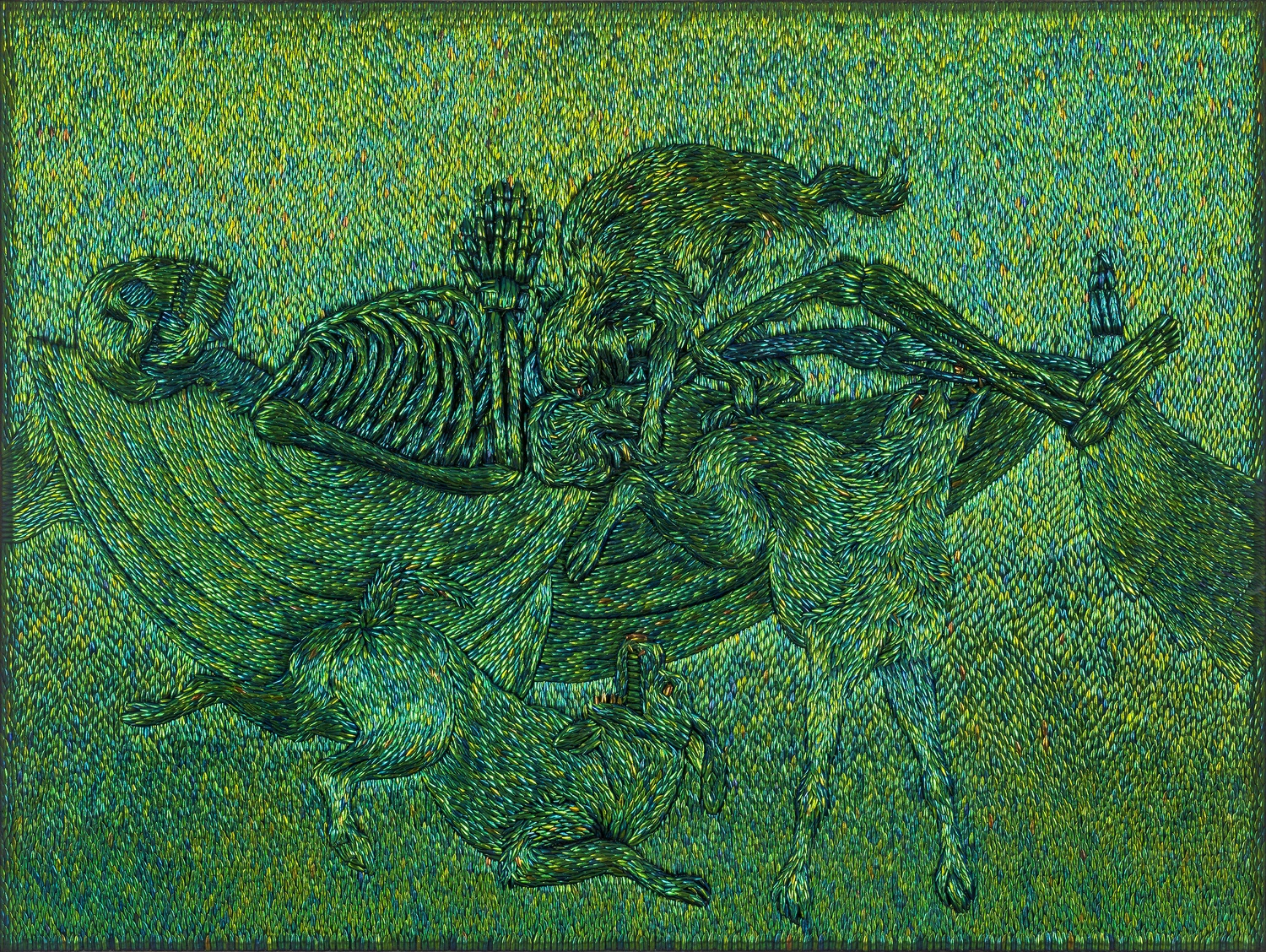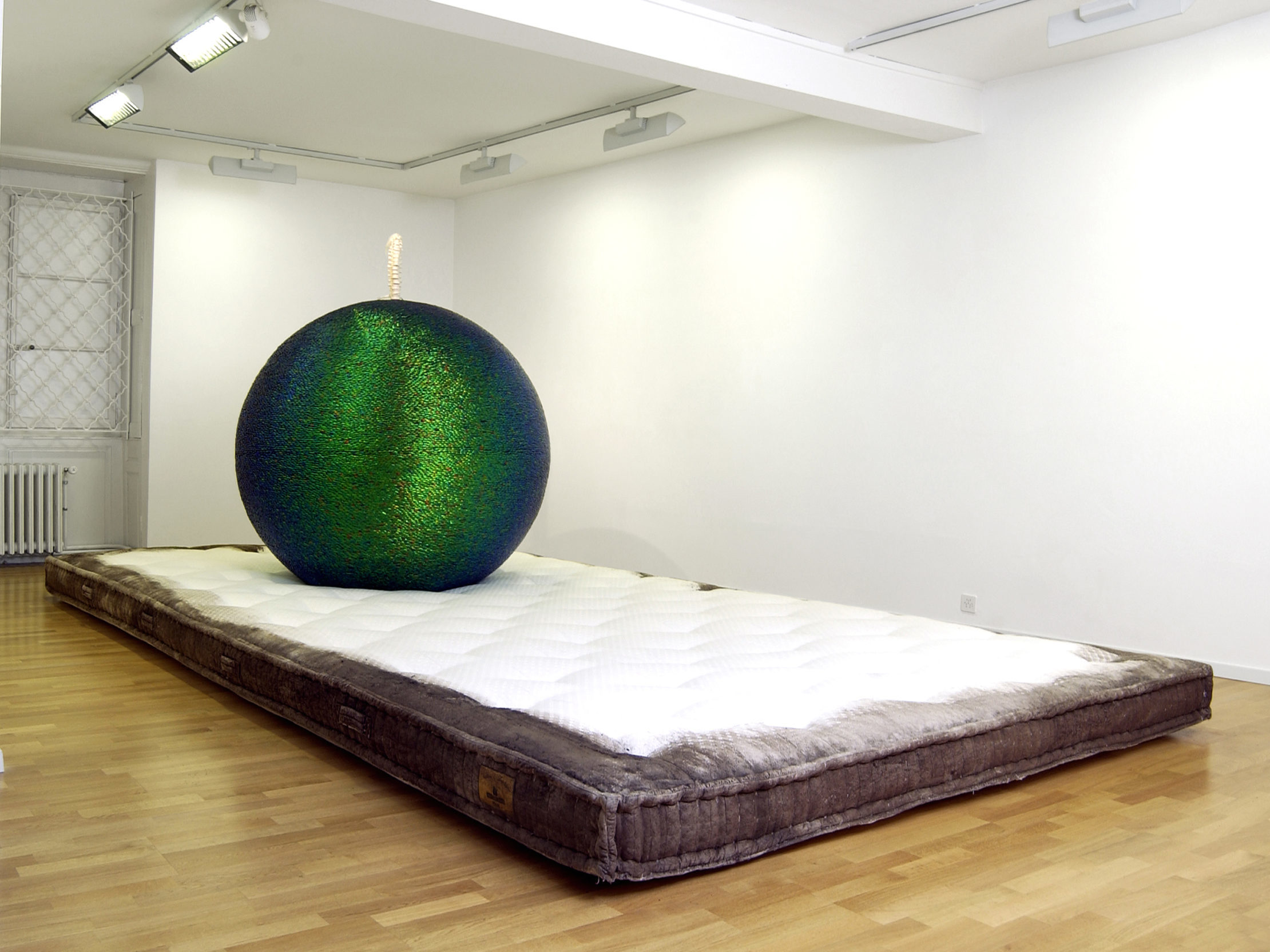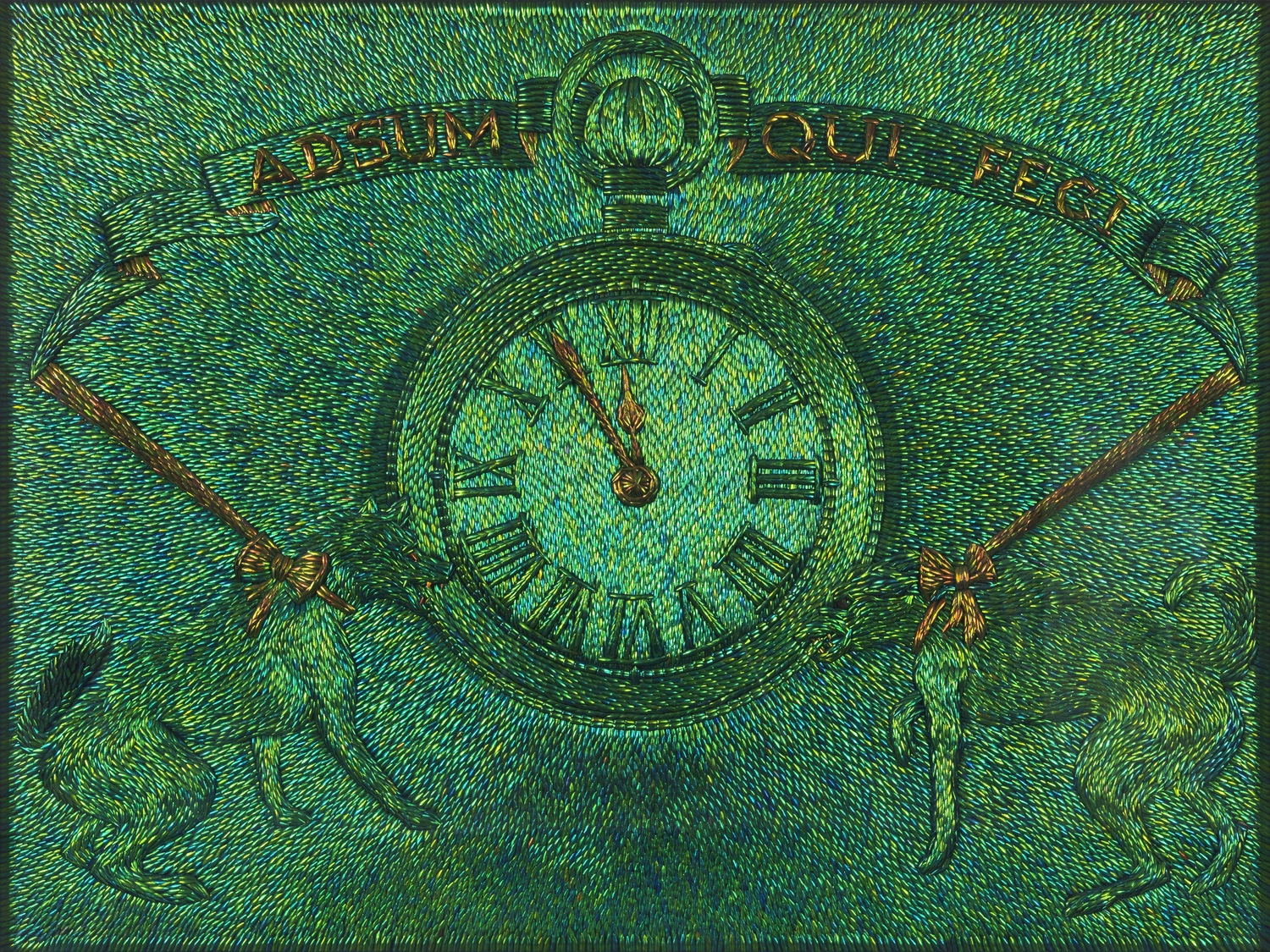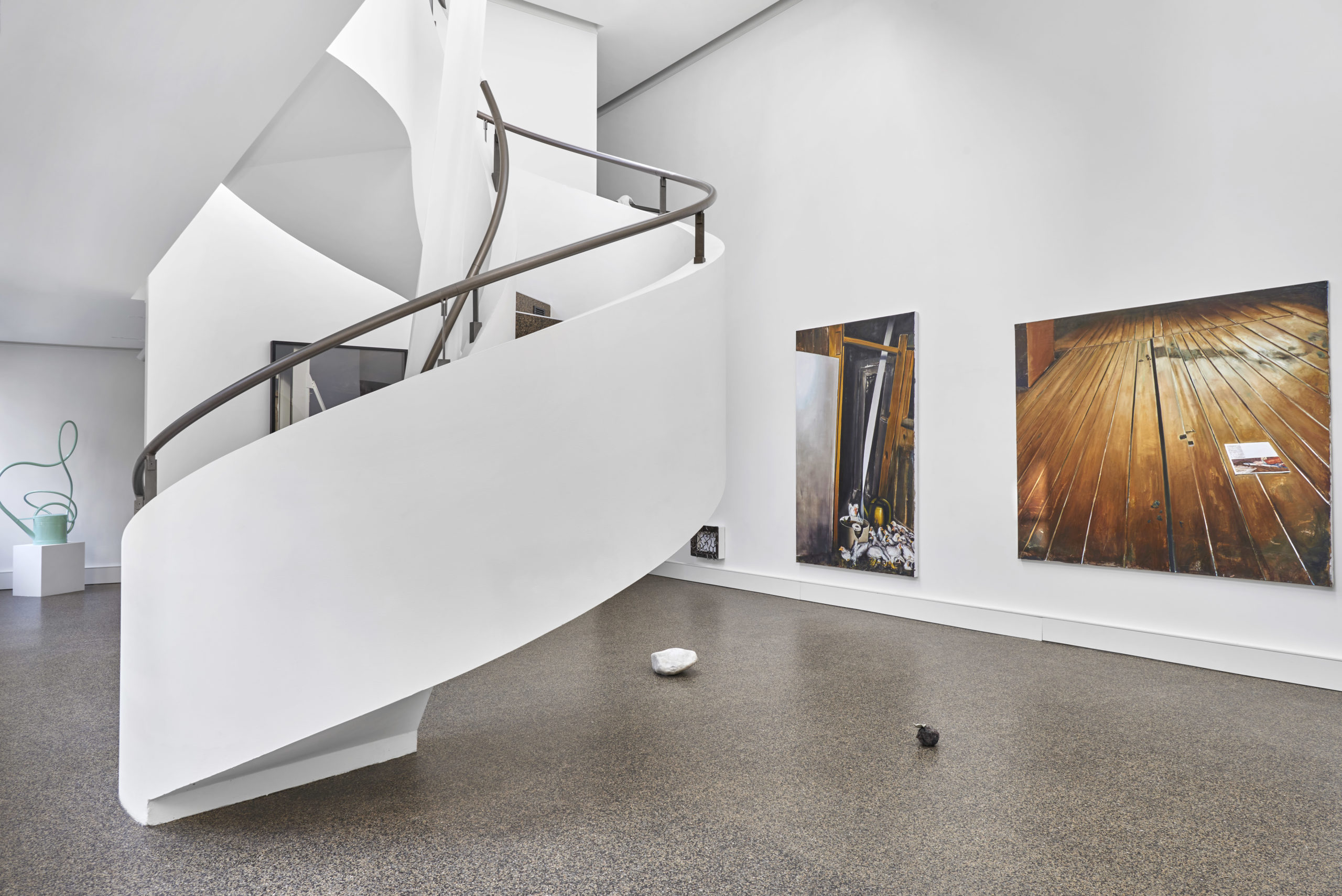Jan Fabre
Jan Fabre, born in Antwerp in 1958, is a versatile artist known for his contributions to visual art, theater, and literature. He stands as one of the foremost innovators and influential figures in the realm of contemporary international art.
The enchantment with the ephemeral, the unseen and the cathartic takes the central position in Jan Fabre’s work. Endlessly framing the narrative, they are omnipresent, regardless of the media. Fabre seems to be deeply inspired, not only by the achievements of a certain epoch in an artistic sense, but more so by the philosophy, the anthropology, and even the spirituality that governs him in pursuing the imagination further and further. By foraying provocatively into different kinds of art forms, he aims to break down artistic and moral barriers. Fabre’s work should therefore not be considered as a mere aesthetical and formal coquetting but instead should be perceived as a concise and radical practice aimed at pointing out the complexity of contemporaneity.
Notably, Fabre achieved the distinction of being the first contemporary artist to hold solo exhibitions at prestigious institutions like the Louvre Museum in Paris in 2008 and the Hermitage in Saint Petersburg in 2017. Jan Fabre’s artistic reach extends beyond traditional gallery spaces; he has been invited to create artworks for diverse public venues, including the Royal Palace in 2002, the Musées Royaux des Beaux-Arts in Brussels in 2013, the Cathedral of Our Lady in Antwerp in 2015, and the Antwerp St. Augustine’s Church/AMUZ in 2018.
Jan Fabre’s most recent additions to permanent public installations can be found in Italy. Since 2019, his work has graced the chapel of Pio Monte della Misericordia in Naples, engaging in a captivating dialogue with a masterpiece by Caravaggio. In the same year, the artist further solidified his connection with Naples, unveiling two more permanent works at the Real Cappella del Tesoro di San Gennaro and the Church of Santa Maria delle Anime del Purgatorio ad Arco.
Read more +

The Gilles of Binche Incognito as Resistance Fighter, 2022
Glass and marble cut mosaic
121,5 x 97 x 2,5 cm

We are the Filthy Janetten from Aalst Carnival! (With a lot of Luck), 2022
Glass and marble cut mosaic
123,5 x 101,5 x 3 cm

The Carnival Giant of Brussels, 2022
Glass and marble cut mosaic
121,5 x 97 x 2,5 cm

Carnival Procession in Malmedy, 2021
Micromosaic with glass
10,5 x 15 x 1 cm

Carnival Procession in Veurne, 2021
Micromosaic with glass
11 x 15 x 1 cm

The Stilt-walkers of Merchtem Carnival, 2021
Micromosaic with glass
10,5 x 15 x 1 cm

The Bleeding Arm Armour, 2023
Glass mosaic
120,5 x 100,5 x 2 cm

A Golden Shower with Guppies, 2023
Glass mosaic
120 x 100,5 x 2 cm

I Love My Powerlessness, 2023
Glass mosaic
120,5 x 100 x 2 cm

The Butterfly of the Menstruation Blood, 2023
Glass mosaic
100 x 120 x 2 cm

The Blood is Our Drug, 2023
Glass mosaic
100,5 x 120,5 x 2 cm

The Bubble Blower of Belief, 2023
Glass mosaic
100,5 x 120,5 x 2 cm

The loyal scavengers, 2016
Jewel beetles’ wings on panel
172 x 227 x 8 cm

The loyal sphinxes of metamorphosis and transience, 2016
Jewel beetles’ wings on panel
172 x 227 x 8 cm

Adsum qui feci (I, here before you, am the guilty party), 2016
Jewel beetles’ wings on panel
172 x 227 x 8 cm
















